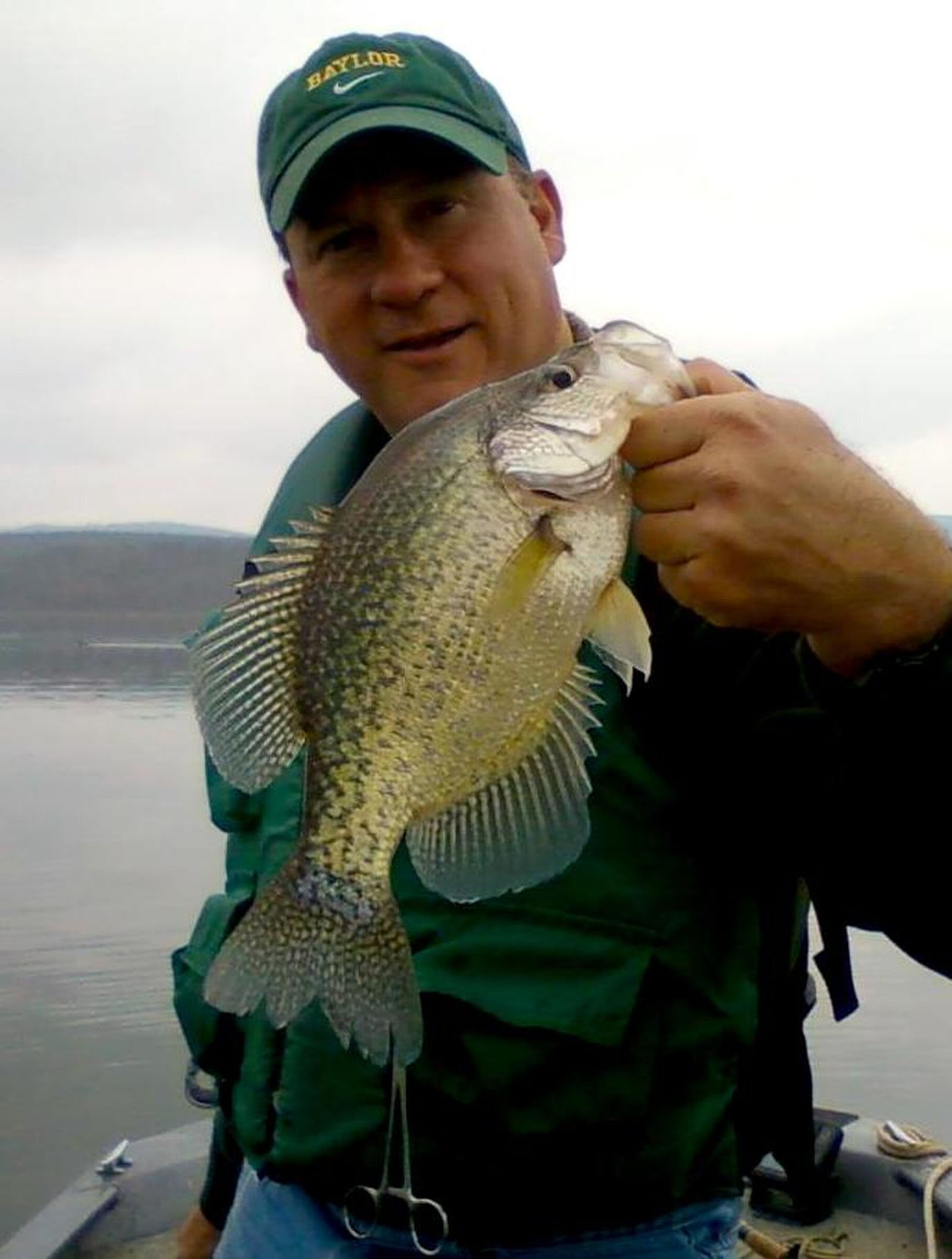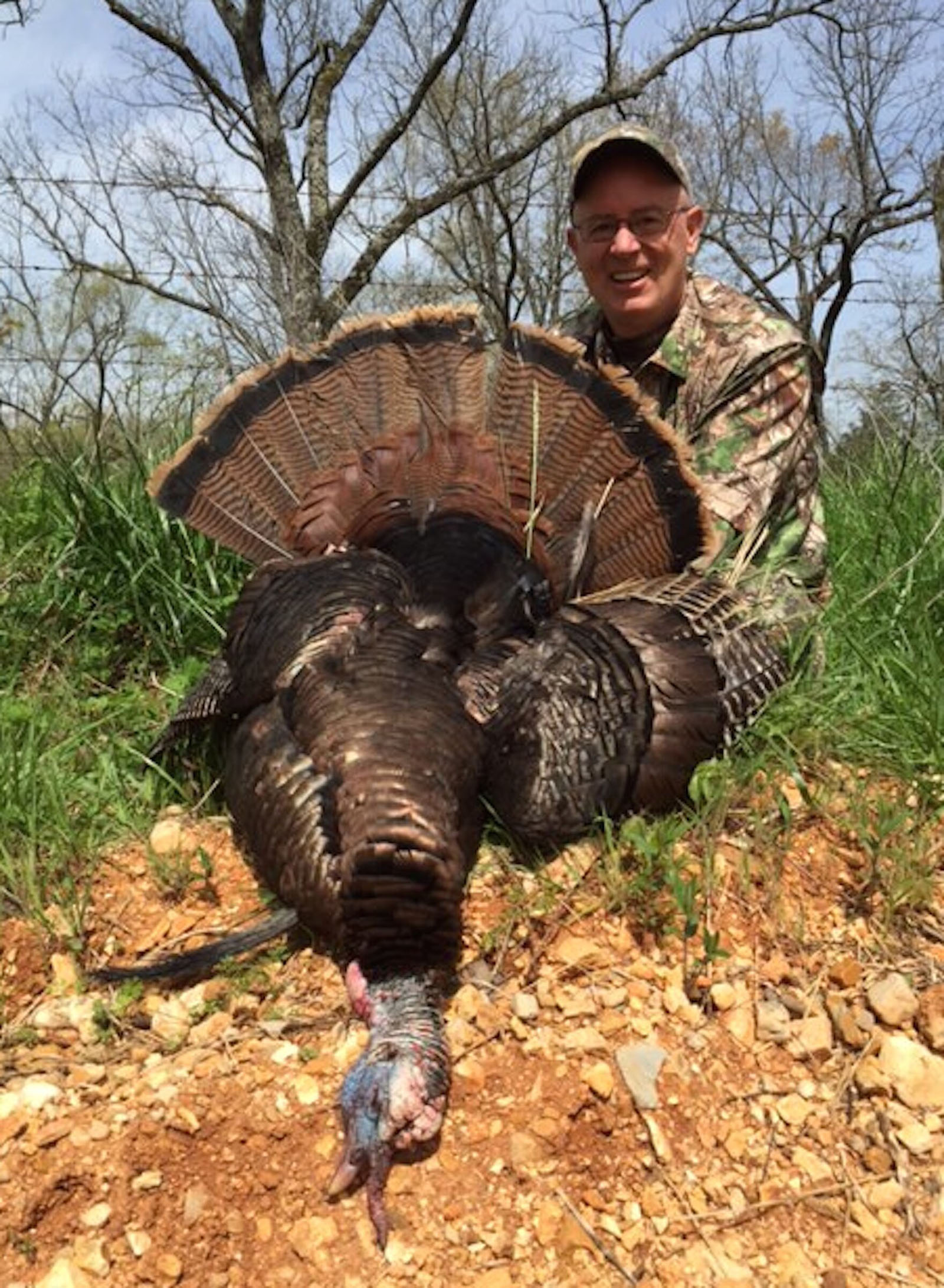For Christmas, we wish you all a new year full of exciting outdoor adventures and discoveries.
We have so many opportunities in the Natural State that choosing a mere dozen can be challenging, so we offer a few suggestions to get you started.
JANUARY
Duck hunt a GTR
Winter in Arkansas is synonymous with duck hunting in flooded timber, and we have plenty of green tree reservoirs (GTR) to suit you.
Bayou Meto Wildlife Management Area is the most popular and the one that’s most accessible to hunters in Central Arkansas, but it’s not the only one. Dave Donaldson Black River WMA covers about 25,000 acres in Clay, Greene and Randolph counties. It is mostly flooded now, and while there is some walk-in hunting access, deep water requires a boat to access many portions.
An overlooked gem is Shirey Bay Rainey Brake WMA in Lawrence County, whose green tree reservoir occupies about 3,000 acres. Access to the interior is mostly by boat, but you can walk into some areas that offer good hunting.
FEBRUARY
Fish for trout
Cold weather keeps traffic low on Ozark rivers, but superb trout fishing is worth the chill.
The White River below Bull Shoals Dam is our longest expanse of trout water. It is also one of the world’s most renowned trophy trout fisheries.
The Corps of Engineers releases a lot of water for hydropower generation in the winter, making wade fishing difficult and unpredictable. The best and safest way to fish is to rent a johnboat from a resort. You can tie to a rock or tree and fly fish the eddies and runs. You can soak prepared bait.
My favorite method is to troll long stickbaits upstream against the current. It is an exciting way to catch monster brown trout and also big rainbow trout.
MARCH
Troll for walleyes
When the rains of late winter and early spring begin filling our big reservoirs, walleyes swim into the major tributaries to spawn. If you can access these waters, you can catch a mess of tasty fish that are hard to find in warm months.
My favorite way to access flood-swollen headwaters is with a jet-powered boat. It will get you through shallow areas that will stop a propeller-driven boat.
Once there, troll stickbaits upstream slowly against the current with light tackle. Your line should be no thicker than 6-pound test. Check your line often because you will snag leaves, grass and other stuff.
You’ll know you’ve hooked a walleye when you feel three sharp tugs followed by an inert weight.
Be alert because striped bass are in these waters at the same time. A 20-pound or larger striper on light tackle and 6-pound line is a fight you’ll remember, especially if you win it.
APRIL
Bag a Gobbler
Turkey futures are trending upward in the Natural State thanks to better reproduction, and we have plenty of places to hunt them on public land.
Combined, the Ozark National Forest and Ouachita National Forest offer about 3 million acres of unrestricted access. They support low-density turkey populations, but pre-season scouting can put you in a good neighborhood.
Better yet, apply for a controlled turkey hunting permit on a wildlife management area. Controlled hunting limits pressure and contributes to a much more relaxed and solitary turkey hunting experience.
All of the controlled turkey hunts are in April. The application period begins Jan. 15, 2023 online at www.agfc.com. A link on the main page will open the application process.
Crappie time
Crappie begin staging for their spawn in March, but in April you’ll find them on beds around wood and rock cover on shallow flats.
That’s when they are easiest to find and easiest to catch. If fishing from a boat, look for fallen trees in the water along the bank, especially trees whose tops are down in depths of about 6 feet. A live minnow under a balsa slip bobber an inch or two over the treetops will get a lot of strikes.
I prefer to use a 1/16- to 1/32-ounce maribou jig under a balsa slip sinker. White is my favorite color. Tapping your rod will make the jig dance. Crappie can’t resist it.
MAY
Post-spawn largemouths
Depending on where you are in the state, largemouth bass will be in various stages of their post-spawn period.
In northern Arkansas you might still find bass on beds in Bull Shoals and Beaver lakes. Farther south in Greers Ferry Lake, the spawn will be finished and bass will have retreated to deeper water to recover. This is a great time to catch them because they are eating voraciously.
In South Arkansas, bass have already settled into their summer pattern. You’ll have to go after them in shallow cover, often in tight places that require flipping a jig through keyhole size openings. That game is for heavy tackle, and it occurs in close quarters.
JUNE
Float fish a stream
Water is still flowing abundantly through the Ozarks in June, but it’s not too high or too fast. That makes this a fantastic time to float fish for smallmouth bass.
Crooked Creek and the Buffalo National River are our most popular float fishing destinations, but we have so many others. I really like the Spring River, the South Fork of the Saline River, Sylamore Creek, and the tributaries of the White River below Bull Shoals Dam.
Down south, the Caddo and Ouachita rivers are also outstanding smallmouth bass fisheries.
In June you can catch smallmouths on almost any lure you throw. They’ll hit buzzbaits, chuggers and prop baits on the surface, crankbaits and jerkbaits in the middle depths, and crawdad imitator soft plastic lures on the bottom rigged Texas style.
Glass containers are not allowed on Arkansas waterways. Also, lash your gear into your canoe so it stays with you in case you tump.
We’re out of space for this week, but we’ll be back next week to fill out the year.
 April is the time to catch spawning crappie on Lake Ouachita. (Arkansas Democrat-Gazette/Bryan Hendricks)
April is the time to catch spawning crappie on Lake Ouachita. (Arkansas Democrat-Gazette/Bryan Hendricks) April is turkey hunting time in the Natural State. Improve your odds for success by applying for a controlled turkey hunting permit on a wildlife management area. (Arkansas Democrat-Gazette)
April is turkey hunting time in the Natural State. Improve your odds for success by applying for a controlled turkey hunting permit on a wildlife management area. (Arkansas Democrat-Gazette) Credit: Source link






























